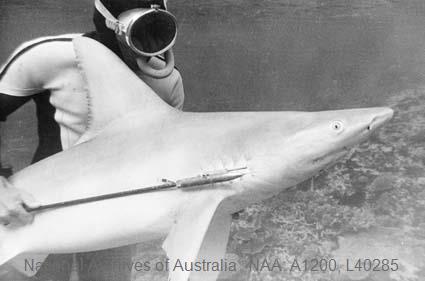The history of Tasmanian marine parks

The History of Tasmanian marine parks
It seems that ideas like marine parks are a new idea, but the idea of ‘national parks’ in the water has been around since people started talking about protecting wilderness on land. As far back as the 1860s Tasmanians were alarmed by heavy hunting pressure. It led to the first reserves for ‘scenic purposes’ in the 1870s, about the time the world’s first national park was created, at Yellowstone in the USA. In 1902, naturalists called for “permanently reserving areas of sea and land in Tasmania for scientific and other public purpose”.
Most marine reserves declared before 1960 were limited to wildlife sanctuaries for wading birds and their habitat, despite concern at the time that human activity further out to sea was virtually unregulated. The most noticeable supporters of reserves were bushwalkers, amateur naturalists and hunters. Many hunters were concerned by the gradual decline in the natural qualities of the areas they enjoyed visiting.
Around the world MPAs tend to be established ad hoc. They usually start with biologists arguing for an MPA to preserve special plants and animals. Their request is often “adjusted” by stakeholders until the park is very small and no longer has much basis in science.
The new Tasmanian strategy was to try to have a more systematic and planned approach. In 1991 the Tasmanian Government announced the Marine Reserves Strategy and made the state’s first marine reserves in four locations (Nine Pin Point, Tinderbox, Maria Island, Governor Island). All political parties supported new marine reserves. From 2000-2004 new marine parks were declared around Macquarie Island, the Kent Group in Bass Strait and Port Davey/Bathurst Harbour.
In 2007, a very exhaustive and detailed process to create marine parks in the more populated areas of SE Tasmania was attempted. The MPA process broke down after more vocal recreational fishing groups got the then Minister to abandon the process. The Tribunal hearing the issue recommended 23 new marine reserves including nine no-take zones. Instead, the Government created 14 “marine conservation areas”, with no real protections. The Liberal Party then announced a moratorium on new parks and there has been little activity since.
The issue of MPAs hasn’t gone away. It’s an idea that fundamentally appeals to people who have seen it work so well on land. An awareness of the degraded ‘naturalness’ of our marine environment is not going to go away, only grow. It is supported by a significant amount of science.
It’s also getting some support from people like you who want to do something achievable and local to slow the rapid pace of environmental degradation, and try to protect special areas.